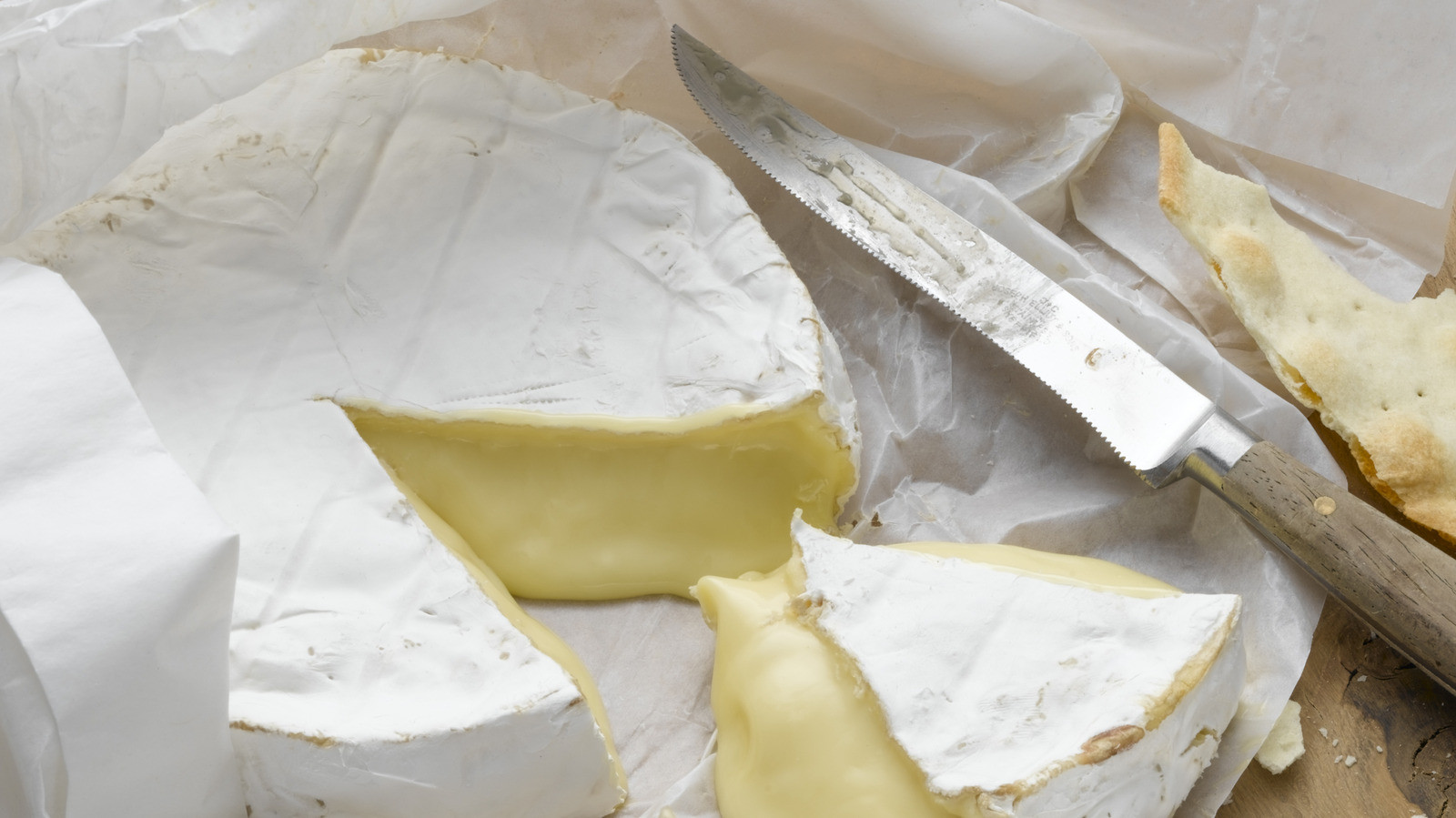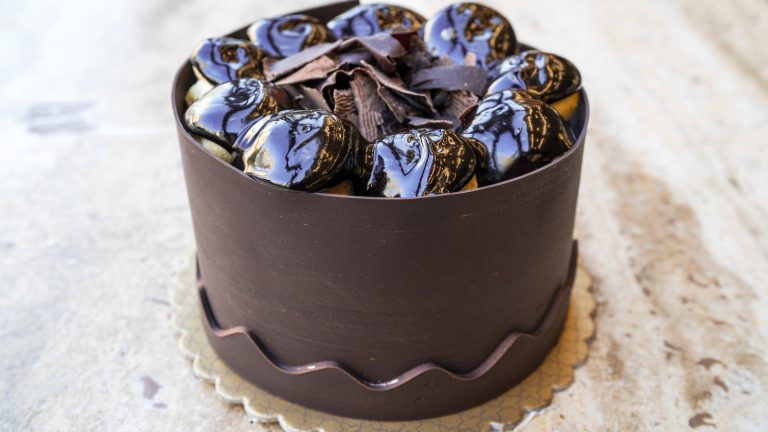If there’s one cheese that should never be excluded from an artisanal cheese plate, it’s brie. Whether you’re putting together an infamous “girl dinner” or building a luxe charcuterie board from the aisles of Trader Joe’s, brie will add an air of elegance and indulgence — and it’s not hard to see why. Invented in France, this velvety, buttery cheese is mild enough to pair with the most delicately floral honey, yet rich enough to support bolder flavors like briny cornichons.
Possibly the only downside to indulging in a little brie is deciding how to prepare it. Though it’s one of many cheeses with an edible rind, some feel the earthy bitterness of its bloomy outer shell detracts from its flavor, opting to remove the rind before baking brie with sweet hazelnuts and juicy figs. While this is a perfectly acceptable option, the issue is that it’s extremely difficult to remove brie’s rind without also pulling away half the creamy treasure trove inside of it.
Of course, anyone who’s ever worked with brie knows it’s soft and runny when warm and much firmer when cold. You can use this knowledge to your advantage when removing the rind by freezing your brie wheel for approximately 30 minutes beforehand. This helps firm up the brie, making it easier to execute precision cuts and preserve as much of the good stuff as possible. You may even be able to gently peel away some of the rind with your fingers, like an orange.
How to use naked brie
While freezing your brie stiffens it to make it easier to cut, wrapping it in plastic wrap or aluminum foil will protect it from taking on odd smells and tastes while it firms. You also don’t want to forget about it in the freezer — if it freezes too solidly, it may be more difficult to cut and take on an odd texture once thawed.
An unexpected benefit, however, is that the stiffening of the rind may help lift it away from the softer innards, making the process of removing it even easier. Once the rind has been removed, don’t throw it away — instead, save it in a plastic freezer bag and drop it into your next batch of hearty soup, stew, or stock to give it a rich, earthy, umami flavor.
There’s also plenty of creative ways to use your “naked” brie wheel. The most obvious is to slice it into strips or wedges for a cheese board, but there’s over a dozen ways to enjoy brie for breakfast, such as spreading it onto toast drizzled with honey, or stuffing it inside a crepe with roasted fruit and crunchy, salty walnuts, pecans, or pumpkin seeds. Some may argue that naked brie is also far easier to bake than wheels with the rind intact. Of course, you’ll need to place it in an oven-safe ramekin first, but the results will be gorgeously gooey all the way through without any errant puddles of cheese leaking out.






